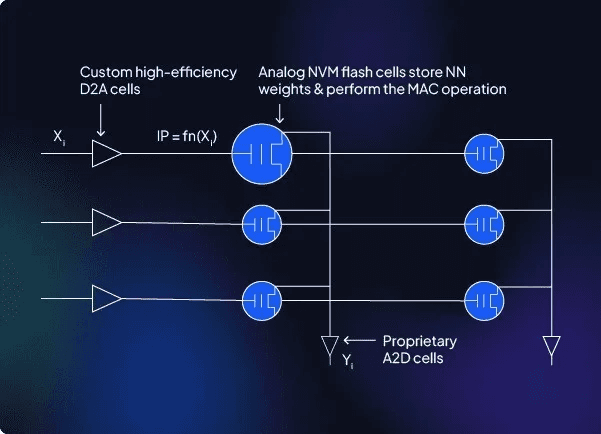Programming
Modern Software Development Practices
Programming has become an indispensable driving force behind innovation and progress.
Jan 5, 2024
Agility and Continuous Delivery
Traditional software development methodologies, often characterized by rigid waterfall processes, have been challenged by the need for agility and adaptability in today's dynamic environment. Agile frameworks, such as Scrum and Kanban, have emerged as preferred approaches, fostering iterative development cycles that involve collaboration, continuous feedback, and early releases. This shift towards agility enables teams to respond swiftly to changing requirements, embrace new technologies, and deliver value to users more frequently.
Cloud-Native and Microservices Architecture: Decentralization and Scalability
Cloud computing has revolutionized software development, providing on-demand access to computing resources and enabling seamless scaling to meet fluctuating demand. Cloud-native applications are built to leverage the cloud's capabilities, often adopting microservices architectures. These architectures break down monolithic applications into smaller, independent services that communicate through APIs, enhancing flexibility, composability, and scalability.
DevOps: Bridging the Development and Operations Gap
Traditional software development silos often resulted in delays, inefficiencies, and quality issues. DevOps, a cultural shift and set of practices, aims to bridge the gap between development and operations teams, promoting collaboration and automation across the entire software lifecycle. This integration streamlines processes, accelerates deployments, and enhances overall software quality.
Containers and Kubernetes: Enabling Efficient Deployments
Containers, such as Docker, package an application's code, dependencies, and runtime environment into a self-contained unit. This allows for efficient deployment, consistent environments, and simplified maintenance. Kubernetes, an open-source container orchestration platform, automates the deployment, scaling, and management of containerized applications across clusters of servers.
APIs and Integrations: Connecting the Digital Ecosystem
Application Programming Interfaces (APIs) provide standardized interfaces that allow applications to communicate and exchange data. They are the foundation of the interconnected digital ecosystem, enabling seamless data exchange and integration between different systems and services. APIs play a crucial role in modern software development, facilitating interoperability, innovation, and the building of complex distributed applications.
Continuous Integration and Continuous Delivery (CI/CD): Automating the Build Process
CI/CD pipelines automate the process of building, testing, and deploying software changes, ensuring rapid delivery and reducing the risk of errors. These pipelines continuously integrate code changes, run automated tests, and deploy updates to production environments, enabling teams to release software more frequently and with higher quality.
Data-Driven Development: Insights for Informed Decisions
Data has become a valuable asset in software development, providing insights into user behavior, performance metrics, and market trends. Data-driven development approaches utilize analytics, machine learning, and other tools to inform decision-making throughout the software lifecycle. This data-driven approach leads to more informed product decisions, improved user experiences, and enhanced ROI.
Security and Resilience: Protecting the Digital Fabric
As software becomes increasingly complex and interconnected, security has become a paramount concern. Modern software development practices incorporate security best practices from the outset, embracing secure coding practices, vulnerability scanning, and continuous monitoring. This emphasis on security ensures that applications are robust, resilient, and protected against emerging threats.
The Future of Software Development: A Journey of Continuous Evolution
The field of software development is constantly evolving, driven by advancements in technology, user expectations, and market demands. As we move forward, modern development practices will continue to adapt and innovate, enabling developers to create increasingly sophisticated, secure, and user-centric software solutions that shape our digital future.
written by: Matthew Drabek
For our Services, feel free to reach out to us via meeting…
Please share our content for further education


